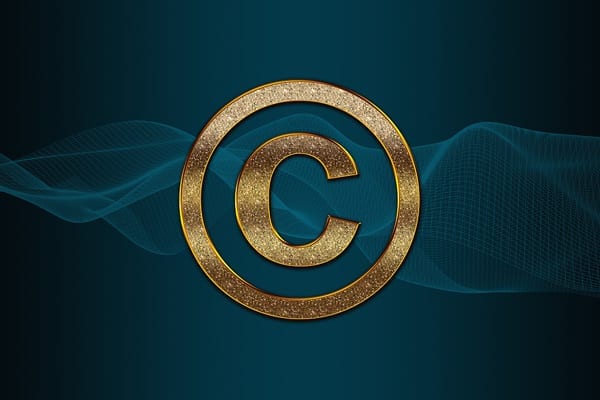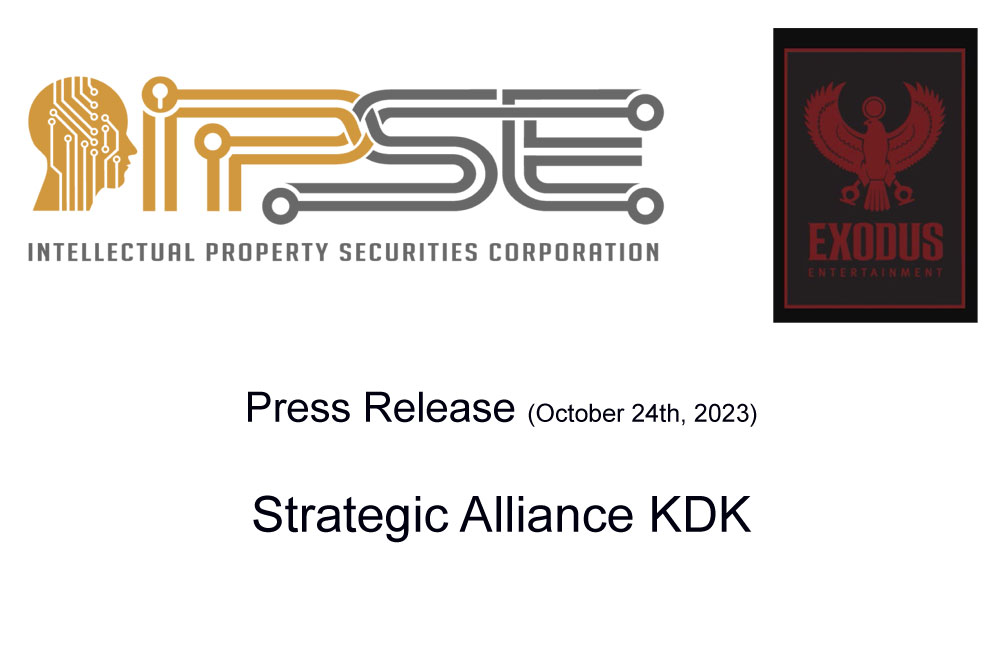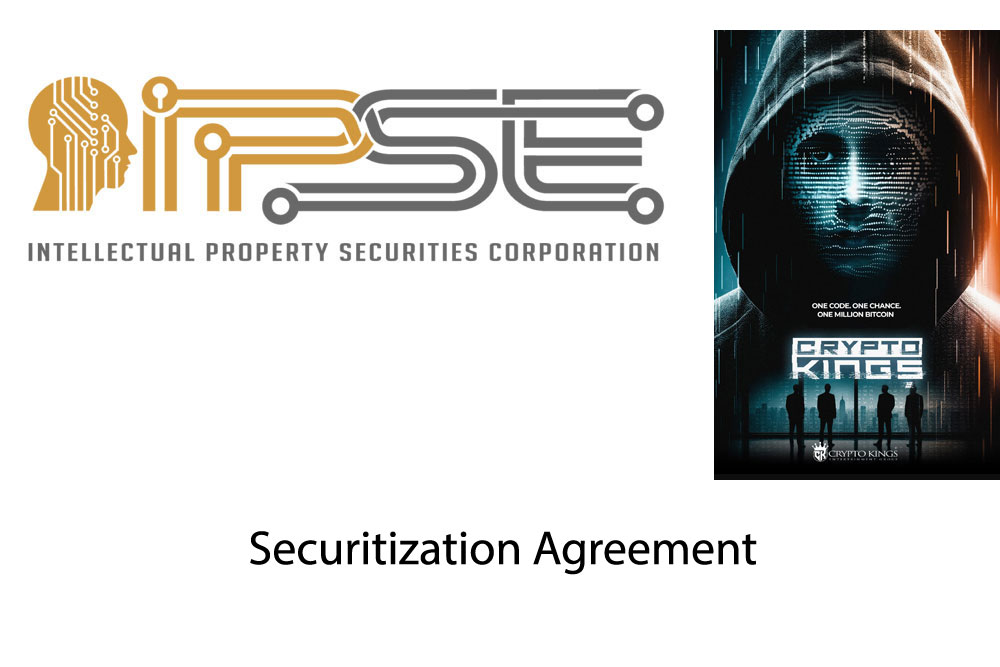In some ways, intellectual property is a bundle of different types of rights, all of which are intended to protect one another. An example of this would be Patent Laws. Patents are given to people who come up with new ideas, which then become protected as private property rights. A patent can be granted to the person that first came up with the idea or it could be given to someone else.
Intellectual property has many forms, but it is usually described as something that an individual owns, rather than as something that belongs to a company or business. The term “Intellectual Property” can be misleading though, since it can mean a great deal of things.
Intellectual Property is basically a group of property rights that include intangible inventions of the mind. There are several categories of intellectual property, including patents, copyrights, trademarks, and trade names. In addition to intellectual property rights, there are also other types of rights that can be considered as intellectual property. Examples of these include trademarks, designs, logos, patents on the original ideas, and so on.
Intellectual Property can also cover some other types of things. For example, a patent may be awarded for something that was created after a certain date. This means that the patent can be a limited one, so that the only uses of the invention at after a certain date can be protected by the patent. A copyright can be awarded to a person or company if they come up with a useful new idea, even if they do not create a product or a service with it.
It is possible for an inventor or a creator of a patented product or service to be able to own their intellectual property after they have already received their patent. Usually, this happens when a company buys out the inventor’s rights to the invention, which means that the company owns the patent rights to the product or service. However, if the inventor is able to continue selling their product or service under their own name, they can also continue to do so.
Intellectual property rights are one of the most important parts of a business’s legal structure. It is vital for a company to understand exactly what they need in order to protect their intellectual property and, because it is what sets them apart from the competition.
To begin with, a company needs to decide how much money they want to spend on their patent. Once they know the amount that they want to spend, they need to determine how long they want their patent to be in effect, and whether they will extend the patent to make the product or service cheaper.
One other thing that can help protecting a company’s intellectual property rights is having one’s name registered at the Patent Office. For example, if an inventor wants to trademark her/his name, s/he must apply for and receive a trademark from the Patent Office.







